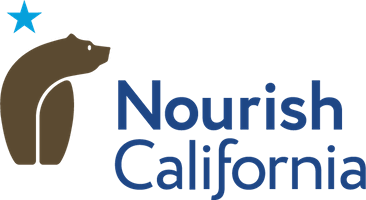State Leaders Must Continue to Invest in the Nutrition Safety Net
Published on Dec 14, 2021 in CalFresh, Federal Advocacy, Older Adults, State Administration, State Legislation
California leaders have acted boldly to buttress the state’s safety net during the Covid-19 crisis. The state has issued direct relief payments, provided shelter for the unhoused, and funded food banks. But despite those commendable actions, our government programs often still don’t reach people who need help meeting their basic needs.
One of the basic needs Californians are struggling to afford is food. In a recent statewide survey, nearly three-quarters of respondents reported that in the past year they’ve worried about running out of food before they could afford to buy more. More than three in five respondents actually ran out of food before their households could afford to purchase more.
It’s clear that the resources the state allocated so far aren’t reaching all Californians. With another record budget surplus on the horizon, state leaders should again make major investments to strengthen the nutrition safety net.
CalFresh is an underutilized resource
CalFresh is our largest, most impactful anti-hunger program. Yet California consistently ranks close to the bottom among all states in participation among eligible households. The reason? Administrative barriers and an overly complicated application process. A recent California Policy Lab report showed that more than half of California households fall off of CalFresh due to paperwork problems, not because they aren’t eligible.
The federal government recently enacted a historic increase in CalFresh benefits across the board. Why wouldn’t we do everything we can to make sure those increased benefits are within reach for everyone who needs them? Forcing people to successfully navigate a burdensome application process only slows down aid and exacerbates hunger and harm.
So what can state leaders do?
First, make sure that all Californians who need it are eligible for essential food assistance. The 2021-22 State Budget took the first steps toward ending the unjust immigrant exclusion in CalFresh. Now it’s time to commit ongoing investments that will permanently ensure equitable access.
Next, build on smart, person-centered policies. Earlier this year, the state agreed to create a shorter, simpler CalFresh application for older adults and people with disabilities. The state can increase the return on that modest investment by also allowing households headed by grandparents with children in the home to use that same simplified application. Other states have done so, and California shouldn’t wait to make that easy, impactful change.
Finally, make sure that investments in program administration result in better outcomes for the people who use those programs. It’s fair to expect enhanced funding to be accompanied by higher performance.
Because when it comes to CalFresh participation, the state has nowhere to go but up. If the state were to enroll 100% of eligible households, as many states do, it would bring in an additional $2 billion in federally-funded food benefits. That’s a lot of money for food that’s sitting in Washington D.C. instead of helping hungry Californians. Reducing call center wait times and providing better language access would go a long way toward narrowing the CalFresh participation gap and bringing those federal dollars home.
No one should go hungry in a state with so much abundance. Governor Newsom and the Legislature have the opportunity to make historic progress toward a more equitable safety net. Now they need to seize it.
Get involved and help make a difference
Visit (and bookmark!) our CalFresh Campaign Action Center to sign up for updates and make your voice heard.
Questions? Contact Jared Call at jared@nourishca.org


